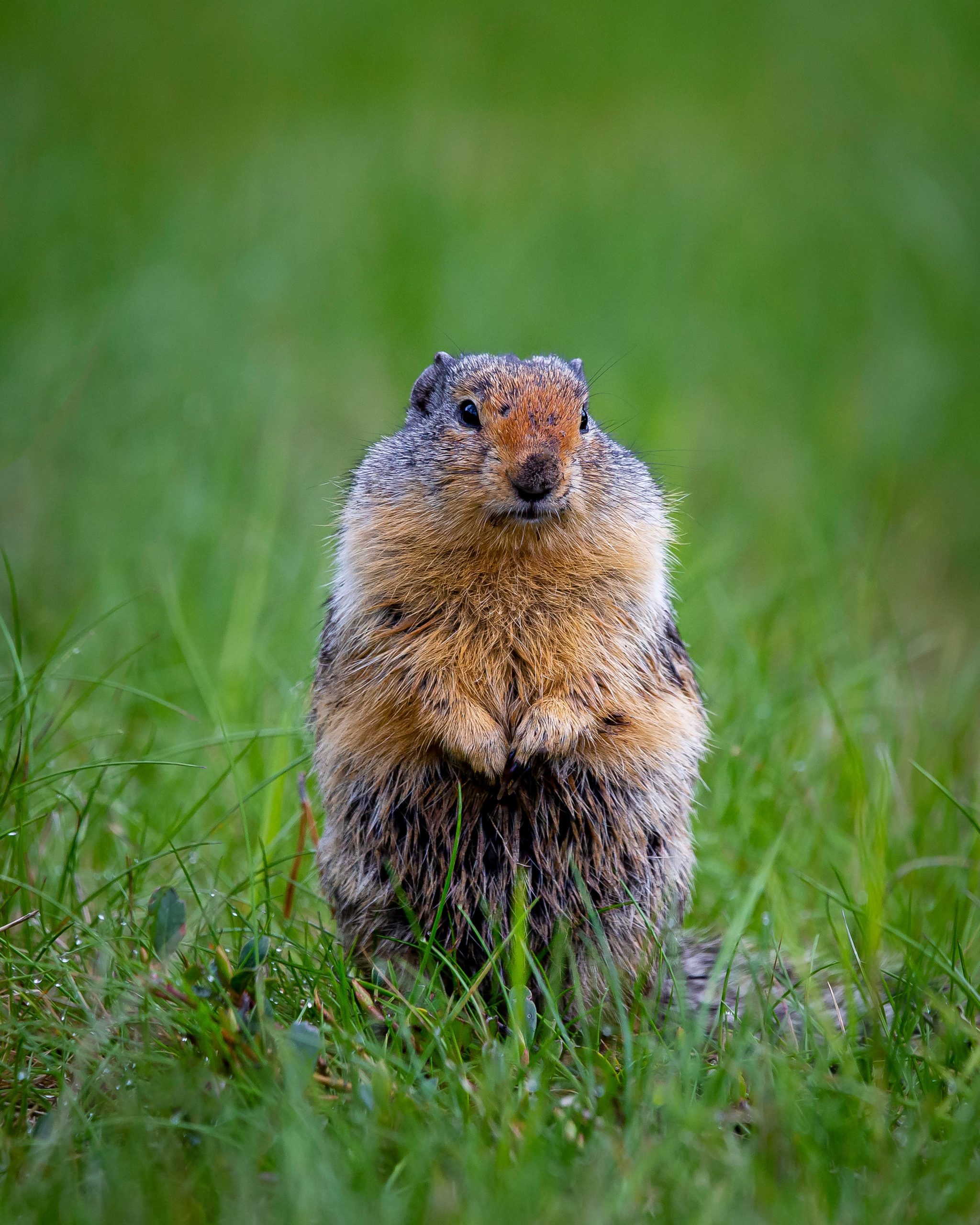In a captivating intersection of science and our four-legged companions, a fascinating phenomenon has emerged – dogs communicating through buttons. This unconventional method of interaction, pioneered by Christina Hunger, a speech-language pathologist, has garnered attention and raised intriguing questions about our understanding of canine intelligence. In this article, we delve into the science behind dogs’ communication through buttons, exploring the methods, theories, and implications of this groundbreaking development.
Unveiling the Technique: The premise behind dogs communicating through buttons involves the use of a specialized device equipped with buttons that produce recorded words or phrases when pressed. These buttons are assigned different meanings, allowing dogs to “speak” by associating specific requests or messages with the corresponding buttons. By pressing the buttons with their paws or noses, dogs can convey their desires, emotions, or even initiate conversations with their human counterparts.
The Role of Associative Learning: The foundation of this communication technique lies in associative learning, a fundamental principle of behavioral psychology. Dogs quickly grasp the connection between pressing a specific button and obtaining a desired outcome, such as going outside or receiving treats. Through repetition and positive reinforcement, they begin to associate cause and effect, expanding their vocabulary and mastering more complex requests over time.
Canine Cognition and Language Acquisition: Dogs’ ability to comprehend and produce language-like communication using buttons has ignited debates about the extent of their cognitive capabilities. While they lack the vocal apparatus necessary for human speech, they possess remarkable cognitive skills, including pattern recognition, memory, and the ability to learn and apply symbolic associations. By extrapolating these abilities, they can manipulate the buttons to convey their intentions, effectively bridging the communication gap between humans and canines.
Unraveling Canine Consciousness: The emergence of this communication method also raises profound questions about the consciousness and self-awareness of dogs. While it is challenging to discern the true extent of their understanding, the use of communication buttons suggests a level of intentionality and the capacity to convey specific messages. This finding not only deepens our appreciation for dogs’ cognitive abilities but also encourages further exploration into the depths of animal consciousness.
Implications and Future Research: The implications of dogs communicating through buttons extend beyond fascinating anecdotes. This breakthrough offers potential insights into canine behavior, emotion, and cognition, which could lead to advancements in training techniques, enhancing the bond between humans and their furry companions. Researchers and dog owners alike are now delving into the possibilities of expanding vocabulary, exploring dialect variations, and even investigating the potential of two-way communication systems that allow humans to respond in kind.
Ethical Considerations: As this communication method gains popularity, it is crucial to acknowledge the ethical responsibilities of those implementing it. The well-being of the dogs involved should remain a top priority, ensuring that their physical and mental health needs are met. It is essential to strike a balance between scientific curiosity and compassionate care, treating dogs as active participants rather than mere subjects of experimentation.
Conclusion: The phenomenon of dogs communicating through buttons introduces a captivating dimension to our understanding of canine intelligence and behavior. The profound implications of this breakthrough compel us to question the boundaries of interspecies communication, sparking new avenues for research and fostering deeper connections between humans and their loyal companions. As the buttons continue to unlock the minds of dogs, we eagerly await the insights and discoveries that lie ahead, enriching our relationship with these remarkable creatures.










